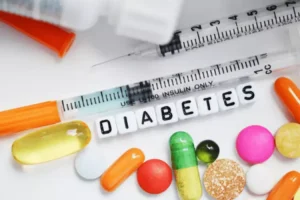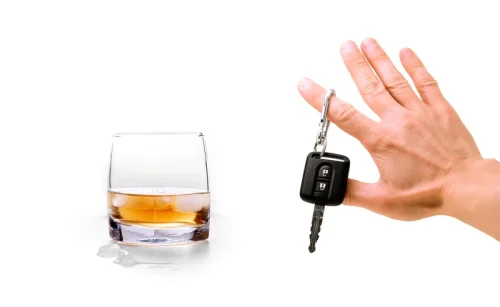
Doses in most clinical trials have ranged from 100 to 800 milligrams a day. Most of these studies have focused on animal participants, and further research is needed. Experts recommend awareness around these potential side effects when prescribing is cannabidiol addictive cannabis to patients who are of reproductive age. In 2018, the first FDA-approved drug, cannabidiol (Epidiolex), containing CBD was released on the market to treat two different kinds of epilepsy — Dravet syndrome and Lennox-Gastaut syndrome.
What Is CBD Oil? Uses, Benefits, Side Effects, and More
CBD interacts with the endocannabinoid system, a large messaging network in your body that plays a key role in regulating many physiological functions. In fact, cannabinoids are so essential to good health that your brain produces its own. Research surrounding CBD is ongoing, and https://ecosoberhouse.com/ there are many questions that researchers do not have the answers to yet, such as whether or not the means of taking CBD impacts the risks or efficacy. Some common means of taking CBD include inhaling through a vaporizer, ingesting through food, or taking orally as a pill.

Medications changed by the liver (Cytochrome P450 1A2 (CYP1A substrates) interacts with CANNABIDIOL (CBD)
Please review this supplement label with your healthcare provider to discuss potential interactions with foods, other supplements, and medications. And that’s just what seems to have happened when scientists have tested whether CBD improves breathing in people with and without COPD. In a 1984 study, large doses of CBD given to healthy men failed to relax and widen their airways. In a very small 2011 study that included just four people with COPD, treatment with a drug called Sativex, which has THC and CBD, didn’t improve scores on a test that measures breathing.
Anxiety: Studies and clinical trials are exploring the common report that CBD can reduce anxiety.
There is significant variability among the products you’ll find at dispensaries, smoke shops, or online. Each product can contain very different amounts of CBD or THC than what’s listed on the package and can also contain harmful additives. Doses of up to 1,400 mg per day seem well-tolerated in adults. Keep an eye out for serious side effects like fatigue, changes in appetite, seizures, or pneumonia. Also, be aware that CBD may be adulterated (containing unlisted ingredients such as THC) and may not contain the amount of CBD listed on the bottle. Adolescent users are at increased risk of psychological disorders from THC.
Another well-known cannabinoid is tetrahydrocannabinol (THC). This compound is known for its psychoactive effects when consumed with cannabis, or marijuana. Cannabidiol (CBD) is a cannabinoid, a type of natural compound found in cannabis and hemp. Though it can be extracted from the cannabis plant, it doesn’t produce a “high” like cannabis or THC. Over time, excess inflammation in your body can contribute to a variety of diseases including heart disease, diabetes, cancer, and asthma.

Medications changed by the liver (Cytochrome P450 2D6 (CYP2D substrates) interacts with CANNABIDIOL (CBD)
CBD has been used in doses ranging from 40 to 1,280 mg per day. For example, in one trial, patients admitted to the emergency room for acute back pain were given a one-time dose of 400 mg of CBD oil. Clinical research has shown that CBD oil can cause side effects. In one study, 91% of people with seizure disorders who took the prescription product Epidiolex had side effects from the medicine.
- Both CBDA and CBD are cannabinoids, with CBDA being the precursor of CBD.
- Drugs in this group include opioids such as morphine, methadone and oxycodone.
- Importantly, medical cannabis products are generally not covered by most insurers and patients rely on out-of-pocket payments.
- Check Leafly’s state-by-state guide to CBD to learn more about your local restrictions.
- It may be especially useful for those who would like to try CBD without ingesting any of the psychoactive compound THC.
Could reduce symptoms related to some mental health disorders
Interactions ?


